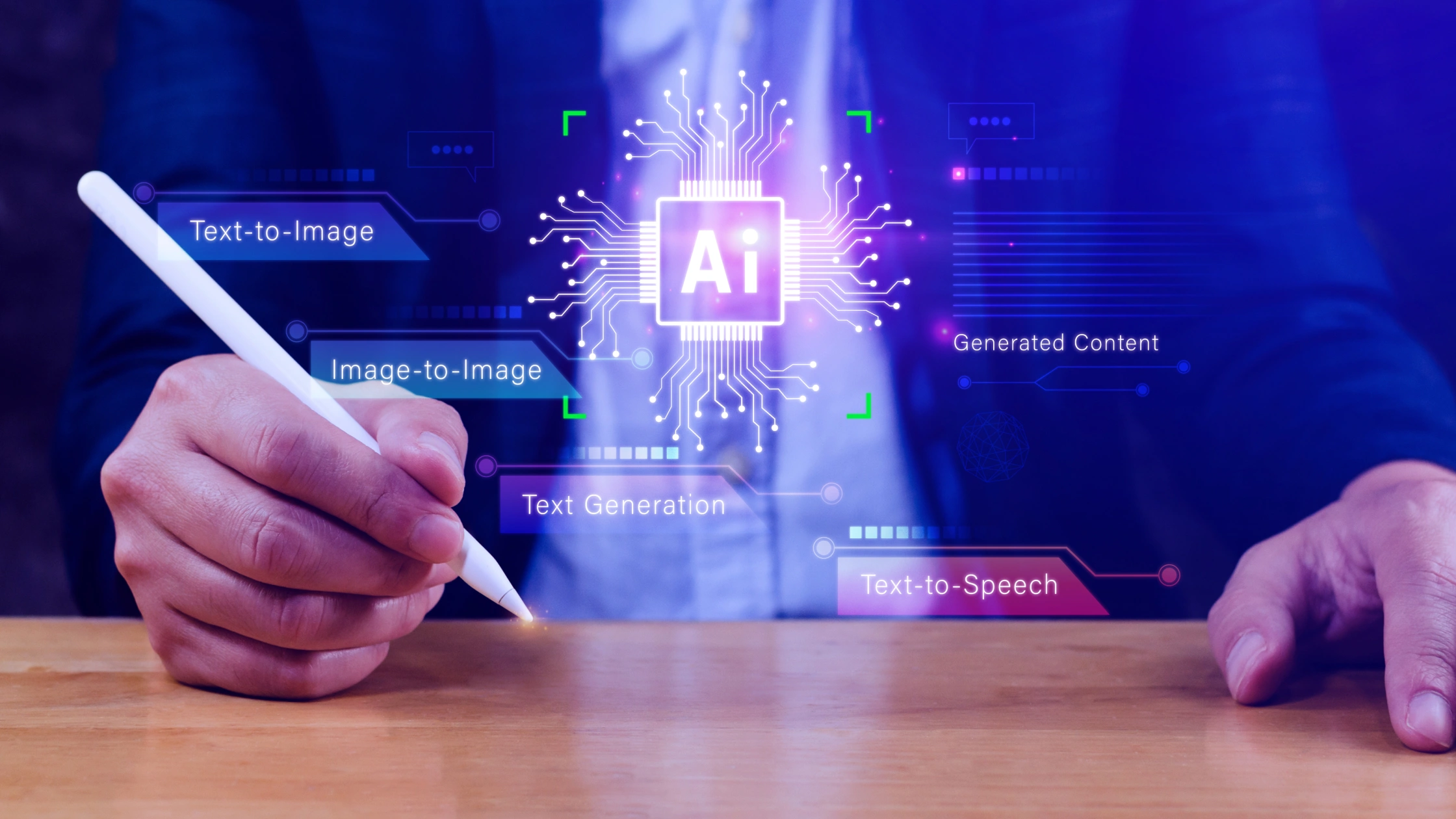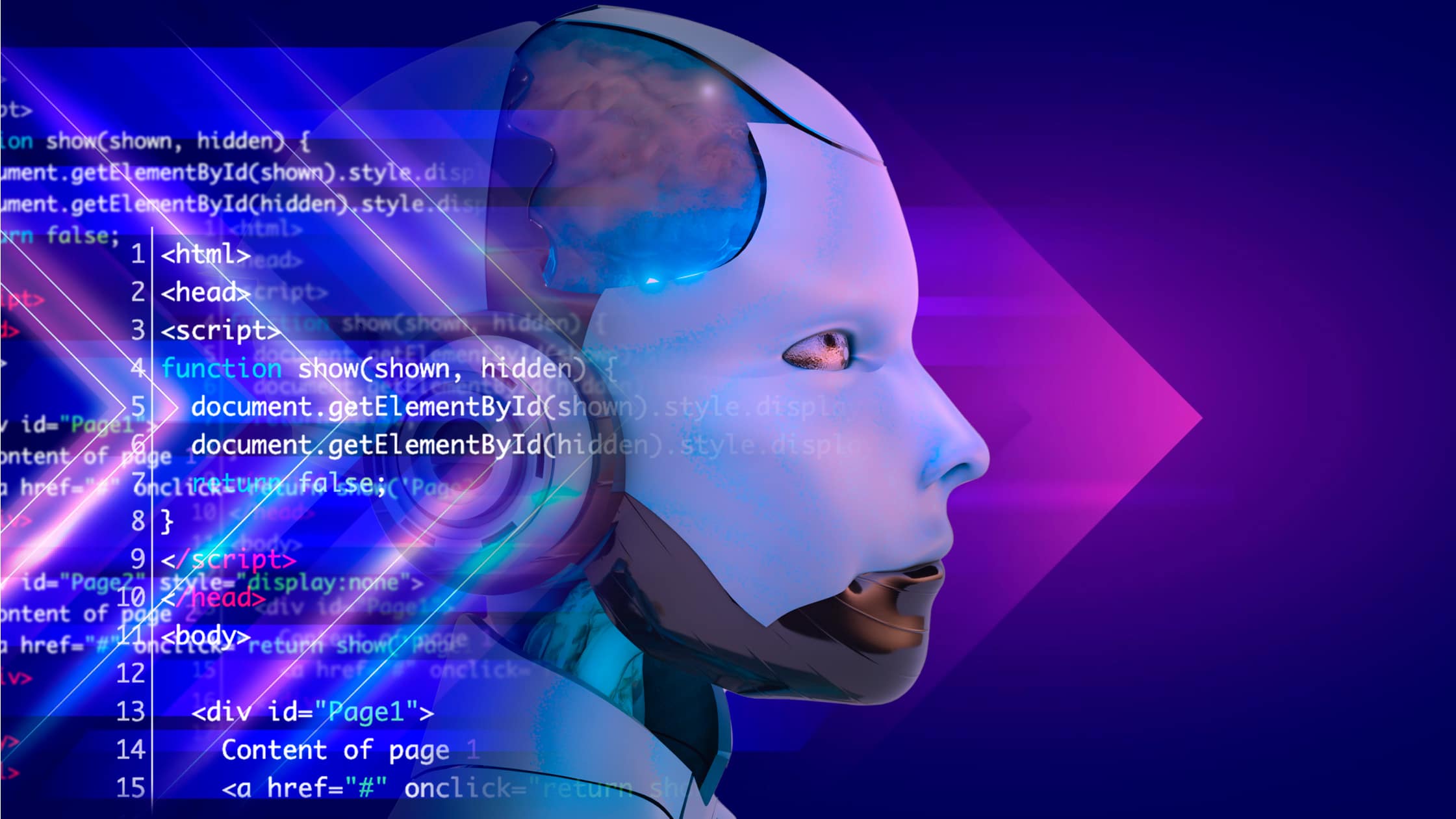Synthetic Media refers to content generated or modified using artificial intelligence (AI) and related technologies. This includes images, videos, audio, text, and interactive content that may be partly or entirely produced by algorithms rather than captured by traditional means like cameras or microphones.
What Makes Media “Synthetic”?
Traditional media is captured from the real world, like a photo taken with a camera or a video shot in a studio. In contrast, synthetic media is created by machines using code, data, and algorithms. These systems often learn from real data and generate new content that mimics reality.
For example, AI can generate a human face that doesn’t exist or create a voice that sounds like a real person speaking, even if that speech was never recorded.
Essential Characteristics of Synthetic Media
AI-Generated
Synthetic media is created using advanced algorithms, particularly deep learning and generative models. These technologies allow computers to generate content such as images, videos, audio, and text, without direct human creation. The underlying models learn from existing data to produce realistic, diverse outputs.
Highly Realistic
One of the standout features of synthetic media is its ability to mimic real-world content closely. For example, deepfakes, AI-generated voices, and realistic avatars can look and sound nearly indistinguishable from actual people, making it increasingly difficult to tell whether the content is human-made or machine-generated.
Scalable
Synthetic media allows for the creation of vast amounts of content quickly and with minimal human effort. This scalability allows for the production of everything from personalized marketing materials to training videos, all at a fraction of the cost and time it would take with traditional methods.
Customizable
Another key advantage is its high level of customization. AI-generated media can easily be tailored to different languages, tones, styles, or personas, making it adaptable to specific audiences or use cases. This flexibility is invaluable in advertising, entertainment, and education industries.
Interactive
Synthetic media is not just about creating static content—it can also be interactive. AI-driven media, such as chatbots, virtual assistants, and avatars, can respond to user input and adapt to various situations. This interactivity adds a layer of personalization and engagement that traditional media lacks.
Types of Synthetic Media
1. Synthetic Images
AI generates realistic images that may depict people, objects, or scenes that don’t exist. It is commonly used in art, marketing, and entertainment.
2. Synthetic Videos
Videos where faces, voices, or backgrounds are modified or created entirely by AI. These include deepfakes, synthetic news anchors, or AI actors.
3. Synthetic Audio
AI mimics human voices to produce speech. Voice clones, narration, and audio dubbing are examples.
4. Synthetic Text
AI writes content such as emails, reports, social media posts, or even poetry. Language models like ChatGPT and others fall under this category.
5. Mixed Reality Media
Combines synthetic and real elements. For example, augmented reality (AR) overlays digital content on real-world environments.
How Synthetic Media Is Created
Synthetic media is usually generated using machine learning models, especially Generative AI. Some key techniques include:
- Generative Adversarial Networks (GANs): Two neural networks compete to create realistic images, videos, or audio.
- Text-to-Speech (TTS): Using trained voice models, converts written text into a spoken voice.
- Natural Language Generation (NLG): Generates human-like written content based on input prompts.
- Diffusion Models: Used in tools like DALL·E and Midjourney to create high-quality images from text descriptions.
- 3D Rendering with AI: Used to build virtual humans, objects, and worlds for games or simulations.
Popular Tools and Platforms
DALL·E / Midjourney
These platforms generate high-quality images based on textual prompts. By describing a scene, object, or concept in words, users can have AI create unique visuals that match the descriptions. DALL·E and Midjourney are widely used in creative industries, helping designers and marketers quickly generate custom visuals.
RunwayML
RunwayML offers AI-powered tools for video editing and synthesis. It enables users to create and modify video content with minimal effort, using AI models to assist with tasks like motion tracking, background removal, and video generation. It’s popular in the creative and entertainment sectors for streamlined video production.
Descript / Resemble.ai
These platforms specialize in voice cloning and audio dubbing. Descript allows users to edit audio and video content seamlessly. At the same time, Resemble.ai offers tools for creating synthetic voices that can mimic real human speech, making them ideal for podcasts, voiceovers, and dubbing.
Synthesia
Synthesia creates realistic talking avatars from text scripts. This tool allows users to generate videos with AI-generated presenters that speak scripted content in multiple languages. It’s commonly used for corporate training, education, and marketing to produce engaging video content without the need for real human actors.
ChatGPT / Jasper
ChatGPT and Jasper are AI writing tools that generate text for various applications, including articles, scripts, and conversational content. These tools assist writers, marketers, and content creators by providing AI-generated drafts or ideas, helping speed up content production.
DeepFaceLab / Zao
These platforms generate deepfakes. DeepFaceLab and Zao allow users to swap faces in videos and images, creating highly realistic fake media. While these tools are often used for entertainment, they also raise concerns around misinformation and ethical use.
Use Cases of Synthetic Media
1. Marketing and Advertising
Brands use synthetic media to create personalized ads, digital influencers, or product visuals quickly and at scale.
2. Entertainment
Filmmakers use synthetic media for CGI, voiceovers, or even creating digital actors. It also enables new forms of storytelling in games and VR.
3. Education and Training
AI avatars or virtual teachers deliver interactive lessons or simulations for learning in multiple languages or formats.
4. Customer Service
Chatbots and AI-generated videos provide 24/7 customer assistance with a human-like touch.
5. Accessibility
Synthetic voices help users with visual impairments consume written content. AI-generated captions improve video accessibility.
6. Language Localization
AI easily translates and dubs content into various languages while maintaining lip sync and tone.
Benefits of Synthetic Media
Cost-Effective
Synthetic media significantly reduces production costs by eliminating the need for actors, expensive equipment, and studio time. This makes it more affordable to create high-quality content, especially for small businesses or independent creators.
Fast Production
Synthetic media allows for rapid content creation and iteration. AI tools can generate visuals, audio, or videos almost instantly, enabling faster turnaround times for projects, whether they are for marketing campaigns, training videos, or social media content.
Personalization
Synthetic media offers the flexibility to customize content for different users or audiences. AI-generated videos, avatars, and scripts can be tailored to fit specific demographics, interests, or user preferences, enhancing engagement and relevance.
Multilingual Reach
Synthetic media can be easily translated into various languages, broadening the potential audience. This is especially beneficial for global companies or creators who want to reach international markets without the cost and time of manual translations.
Innovation Potential
Synthetic media opens up new possibilities in storytelling, gaming, education, and other fields. It enables innovative ways to engage users with interactive experiences, virtual environments, and personalized content, pushing the boundaries of traditional media production.
Risks and Ethical Concerns
Despite its potential, synthetic media has serious risks that must be addressed responsibly.
Misinformation
Deepfakes and fake audio can be used to spread false news, impersonate individuals, or manipulate public opinion.
Identity Theft
Synthetic voice or video can clone real people without consent, risking personal and professional harm.
Consent and Attribution
Creators may not know their data is being used to train AI models, raising questions about ownership and rights.
Bias in Generation
AI tools may unintentionally produce biased or stereotyped content if trained on unbalanced data.
Erosion of Trust
If people can’t distinguish real from fake, trust in all media, even genuine content, may be reduced.
Synthetic Media vs. Traditional Media
| Aspect | Synthetic Media | Traditional Media |
| Creation Method | Algorithmic and data-driven | Captured using cameras, microphones, and humans |
| Production Time | Fast, often real-time | Slower, involves planning and coordination |
| Cost | Lower once the tools are in place | Higher due to personnel and equipment |
| Personalization | Easily adaptable to users or contexts | Requires manual customization |
| Authenticity | Often synthetic or fictional | Based on real-world sources |
Legal and Regulatory Landscape
As synthetic media grows, so do efforts to regulate it. Legal frameworks are still evolving, but include:
- Disclosure Requirements: Some regions may require synthetic media to be labeled AI-generated.
- Copyright Laws: Ongoing debates about whether AI-generated content is copyrightable and who owns it.
- Consent Laws: Using someone’s likeness or voice without permission may be illegal in many jurisdictions.
- Deepfake Bans: Certain types of synthetic media (e.g., political deepfakes) are restricted or banned in some countries.
Governments and platforms are exploring watermarking, detection tools, and digital signatures to track and label synthetic content.
Best Practices for Responsible Use
- Transparency: Always disclose when AI-generated content, especially in media, advertising, or public communications.
- Consent: Obtain permission before using someone’s voice, image, or likeness in synthetic content.
- Data Privacy: Ensure the training data used for models respects privacy laws and does not include sensitive personal information.
- Bias Checks: Evaluate generated content for fairness and inclusiveness, especially in automated visuals or text.
- Limit Harm: Avoid creating misleading, defamatory, or harmful content. Be aware of the ethical implications.
- Content Watermarking: Use digital watermarks or tags to identify synthetic content and reduce misuse.
Detecting Synthetic Media
Detection tools are being developed to help identify AI-generated content. They can analyze facial inconsistencies or unnatural blinking patterns, detect voice cloning by looking for spectral abnormalities, scan for embedded digital signatures that label synthetic content, and review file histories or patterns that hint at AI usage. However, as generation tools improve, detection becomes harder, creating an ongoing “arms race” between creators and regulators.
The Future of Synthetic Media
Synthetic media will likely become a mainstream part of content production across industries.
- Hyper-Personalized Content: Tailoring videos, ads, or education to individual users.
- Virtual Companions and Assistants: More lifelike avatars and AI characters.
- Fully AI-Generated Films and Games: Creatives may collaborate with AI to produce entire movies or game levels.
- Legal Frameworks: Expect tighter regulations around disclosure, consent, and ethical boundaries.
- Better Detection Tools: Technology advances will allow platforms and users to spot synthetic content more easily.
The focus will increasingly shift to responsible creation, education, and digital literacy. Synthetic media is reshaping how content is created, distributed, and consumed. It brings incredible possibilities, faster production, creative freedom, multilingual content, and accessibility enhancements. However, it also presents ethical and legal challenges that must be carefully managed.
As synthetic media tools become more advanced and widespread, transparency, accountability, and responsible use will ensure that this technology benefits society rather than harms it.



